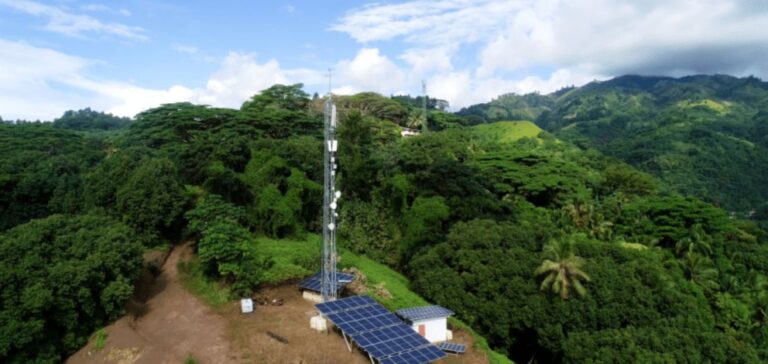The Energy Inclusion Facility (EIF) and the Finnish Industrial Cooperation Fund (Finnfund) have awarded $20 million to asset manager Communication & Renewable Energy Infrastructure (CREI) to finance the solarization of telecommunications infrastructure in Southern Sudan.
Strategic financing for telecommunications
Financing for Communication & Renewable Energy Infrastructure (CREI) comprises a $15 million bridging loan from the African Development Bank’s (AfDB) Energy Inclusion Facility (EIF) and a $5 million mezzanine loan from the Finnish Industrial Cooperation Fund (Finnfund). This financing will enable CREI to develop, build and operate renewable energy facilities for a telecommunications player in Southern Sudan. According to Valtter Louhivuori, head of Finnfund’s Nairobi office, “This investment is in line with our digitalization and climate action objectives. We see that improving mobile connectivity drives economic growth.”
Installation of hybrid energy solutions
Finnfund’s Africa Connected program will see the installation of at least 413 hybrid energy solutions at telecoms sites across Southern Sudan. These investments should increasesolar energy production and reduce diesel use at network sites. Finndund is stepping up its investments in Africa, as in Kenya. The initiative should benefit at least 2 million South Sudanese, in a country with a population of 11 million. Connectivity is currently very limited due to limited infrastructure and low cell phone penetration.
Impact on the telecommunications sector
The implementation of these hybrid energy solutions represents a technological breakthrough for the telecommunications sector in Southern Sudan. By increasing the production of solar energy and reducing the use of diesel, the project reduces the operating costs of telecommunications infrastructures. This transition to sustainable energy solutions also promotes economic stability by providing better mobile connectivity, enabling more efficient access to basic services and stimulating local and regional economic opportunities.
Market outlook
With this funding, South Sudan is positioning itself as a pioneer in the adoption of renewable energy solutions for its critical infrastructure. The success of this project could serve as a model for other countries in the region, demonstrating the economic benefits of an integrated approach to energy and telecommunications.






















